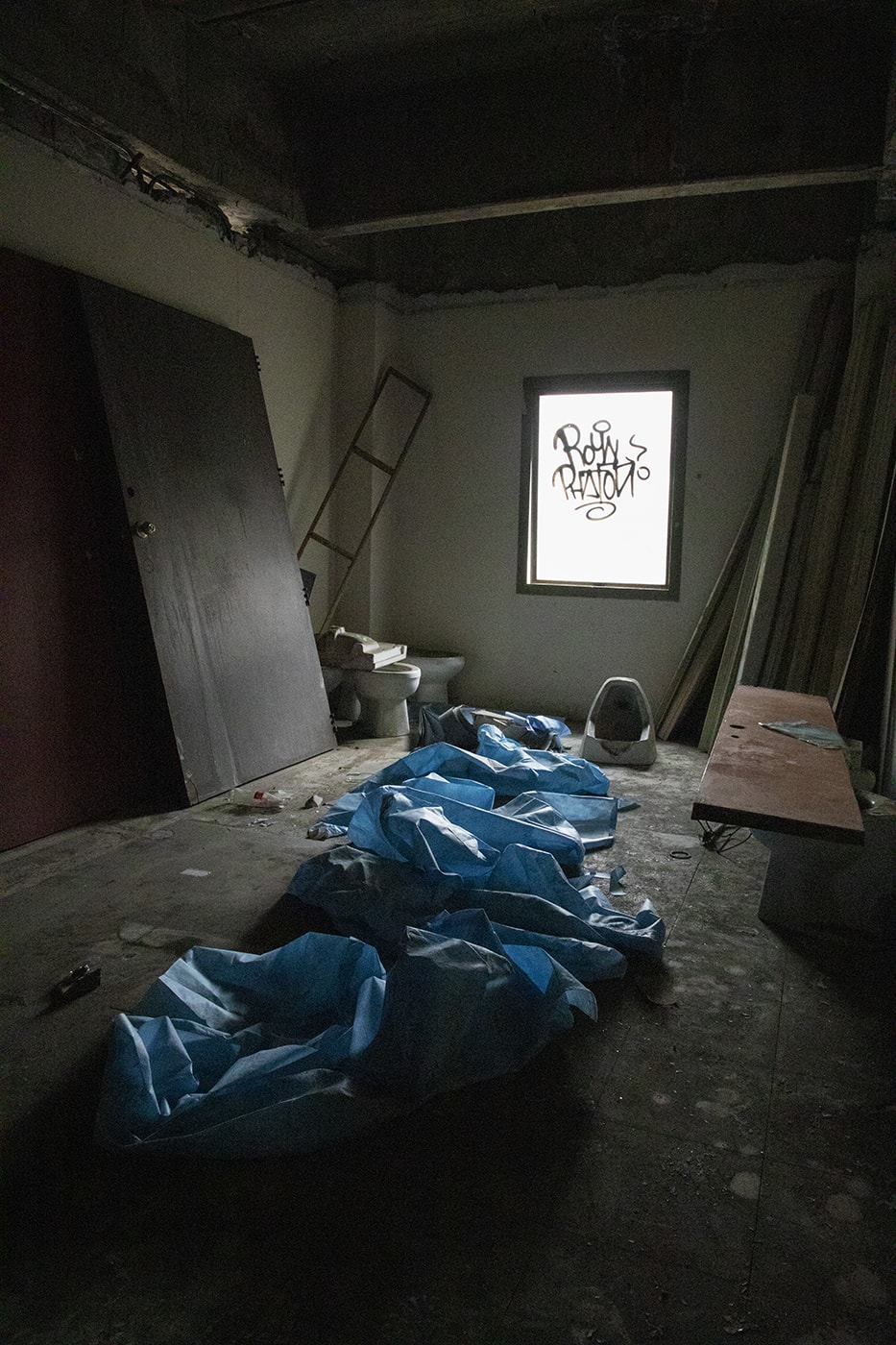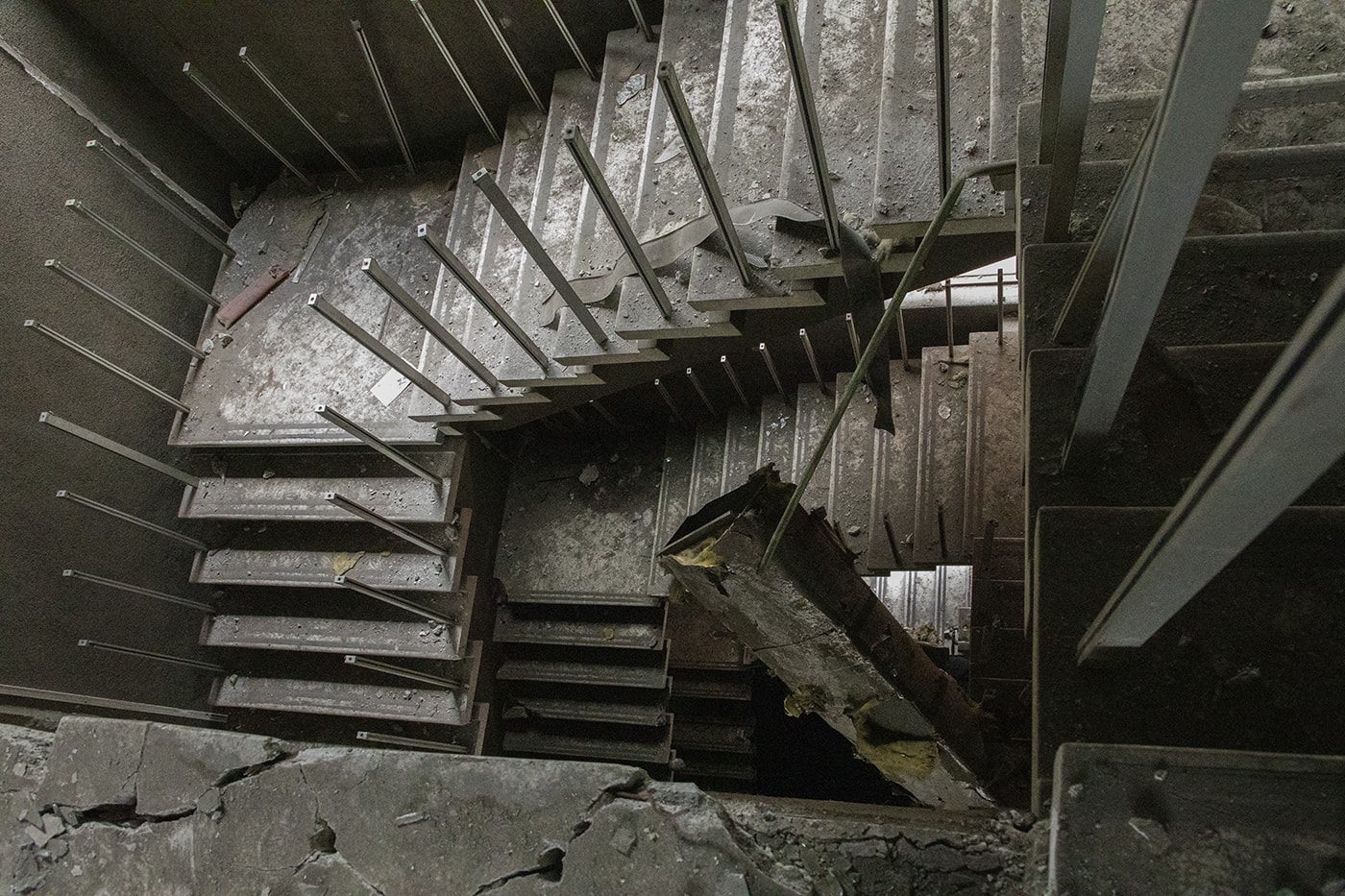
How to take photos in a place with no light
In every project he does, Omar Gámez recounts a portion of his world. Photographer, Mexican, documentary maker, he records the “warriors of society.” He defines it like this: “I try to argue new ideas around the intersection of the photographic medium, activism, image, and drama”. He completed a Bachelor of Communication, a Master of Visual Arts, and studied at the Photography Workshop with Lázaro Blanco. He is about to release an experimental documentary film.
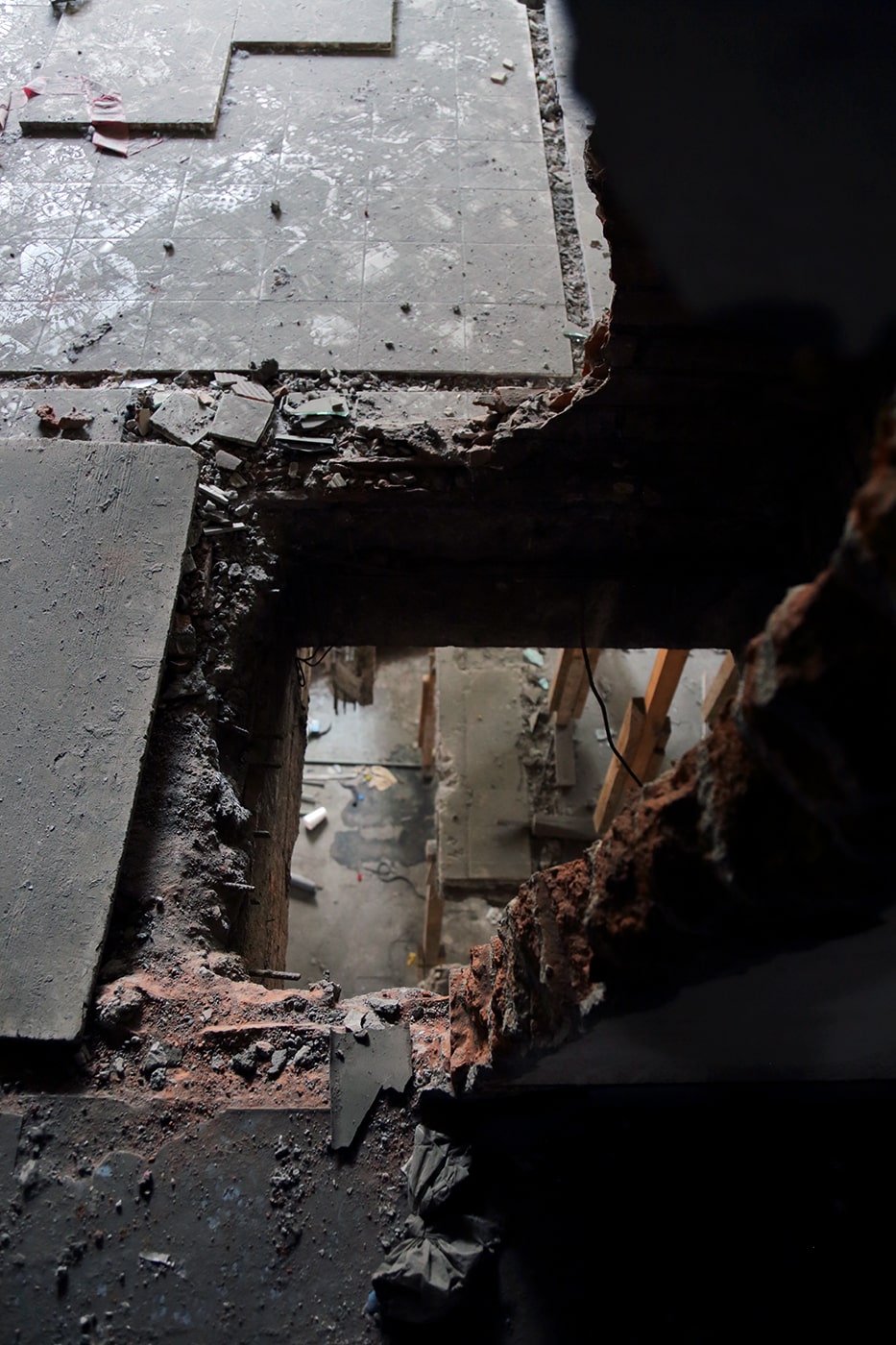
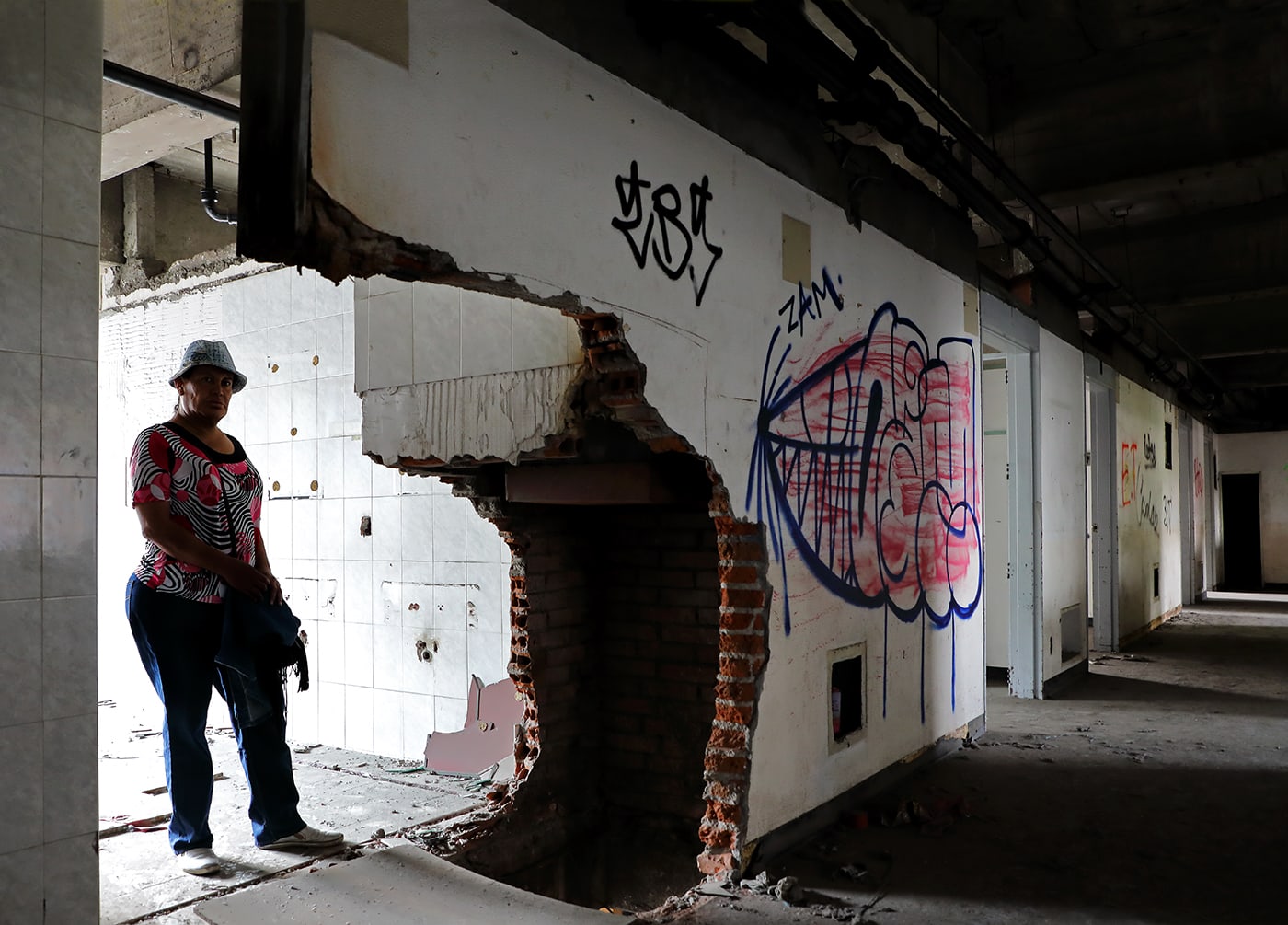
What is Permanencia voluntaria about?
Permanencia Voluntaria is what we call when you can stay in the cinema for all the functions you want. I recorded it inside a cinema from the 80s in Tlatelolco, a very important area for the idea of miscegenation, conquest, colonization. I brought together a group of HIV activists and invited them to give their testimonies in their seats while they were watching a movie. They tell it in the third person: nobody says “I got infected” but they say “Luis got infected.” With the third person, I seek to break the traditional idea of the documentary, which does not satisfy me: the first person, the people speaking, the camera in the foreground.
There is a boy who has lived with the virus since the 80s, another trans girl who has been positive since the 90s, there are other super recent youngsters, a guy who has a YouTube channel about HIV. It is very important for the current generation that the children who have been living with HIV since the ’80s tell how they lived that time of terror. There is also a very nice touch about Covid because some mention how prejudice around HIV is still very complicated, even though it is the same as Covid: the virus does not kill you, what kills is some other disease.
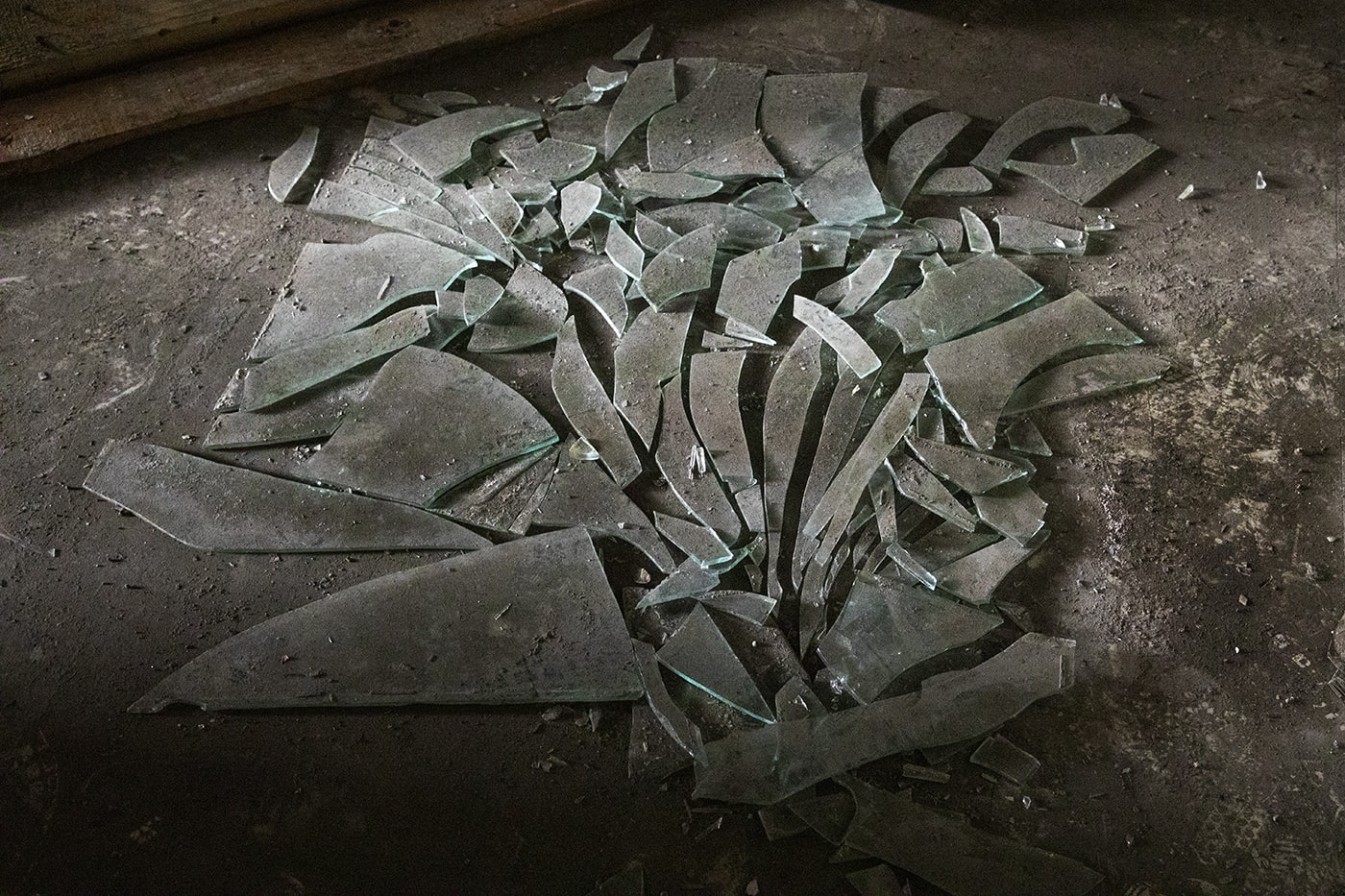
Almost every time I do a series I try to make an annotation on the medium itself. For example, I took photos in total darkness for the Dark book project. I wanted to do a project in those places of clandestine sex and nobody believed me that I was going to take photos in a place where there is no light. I did tests, I got an infrared film, I managed to make the images clandestinely, with the hidden camera. For me, the darkroom was the negative, and life outside was positive.
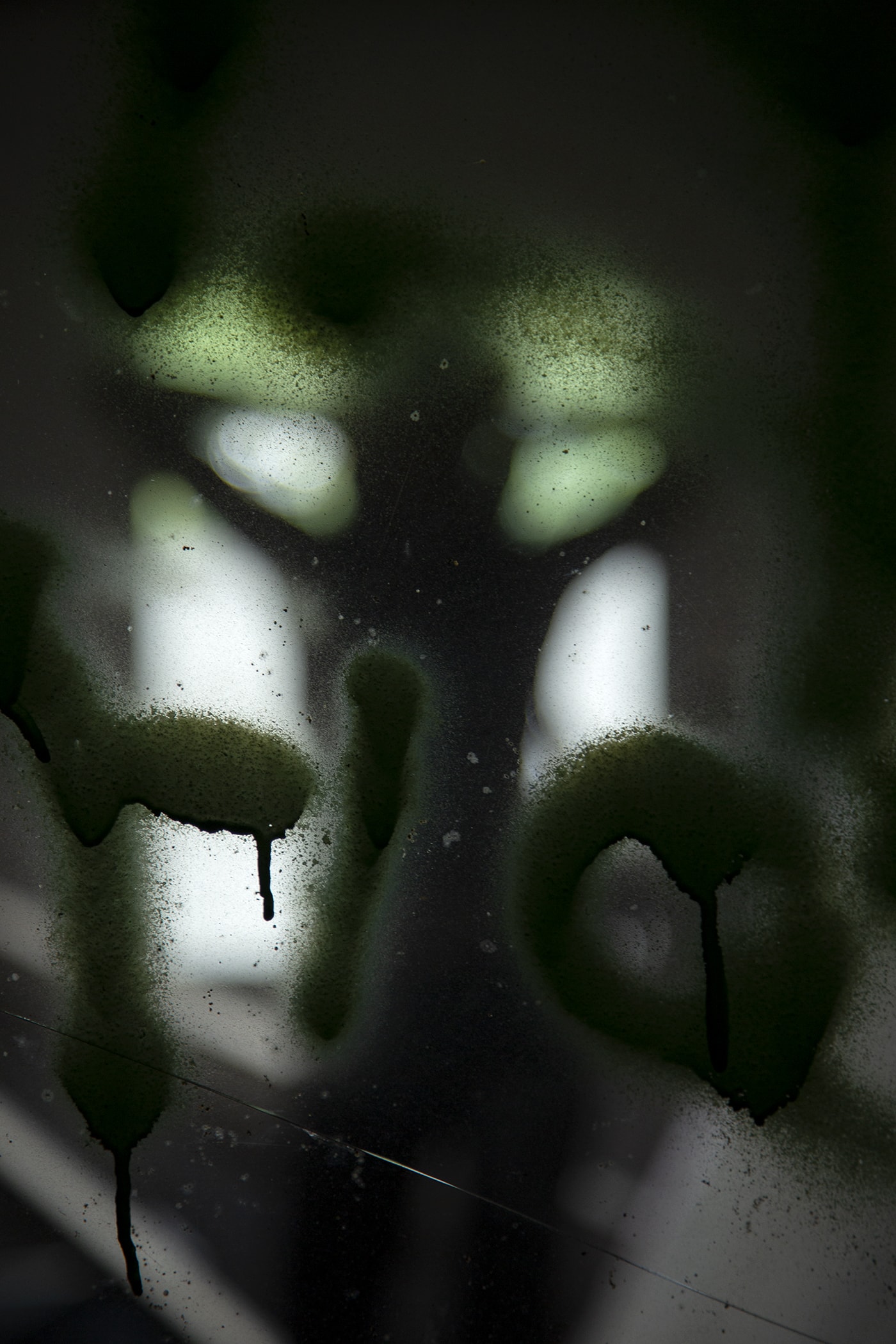
Do you think all projects are personal?
Some projects are more obviously personal but all the others are as well. The art that interests me is the one that presents the artist more directly, without much filter. I think that all the work I do stems from a very real admiration. When I go with the nudists it is because I did ten years of nudism with them. When I talk about dark rooms it is because I go to them. It’s not that I’m trying to do as an exotic documentary thing, but that it is my world. Sometimes I invite others to talk about my situation and sometimes I talk about their situation, but in the end, they cross paths.

What is La casa de las muñecas Tiresias about?
It is run by Kenia Cuevas, one of the most important activists. She was in jail and, when she got out, she started doing sex service. They killed her best friend in front of her and that’s why she got involved with activism. She made an association and a shelter to take care of the women she works with on the street. This is how the hostel for transsexuals came about. I photographed them in a hospital abandoned by government negligence in which bodies were found, it is flooded, the building is shaking. I found an interesting relationship between that abandonment and women who have to defend themselves because the government does not. With hospitals saturated in a pandemic, it became a series a little stronger: seeing an abandoned hospital that could have been conditioned.
